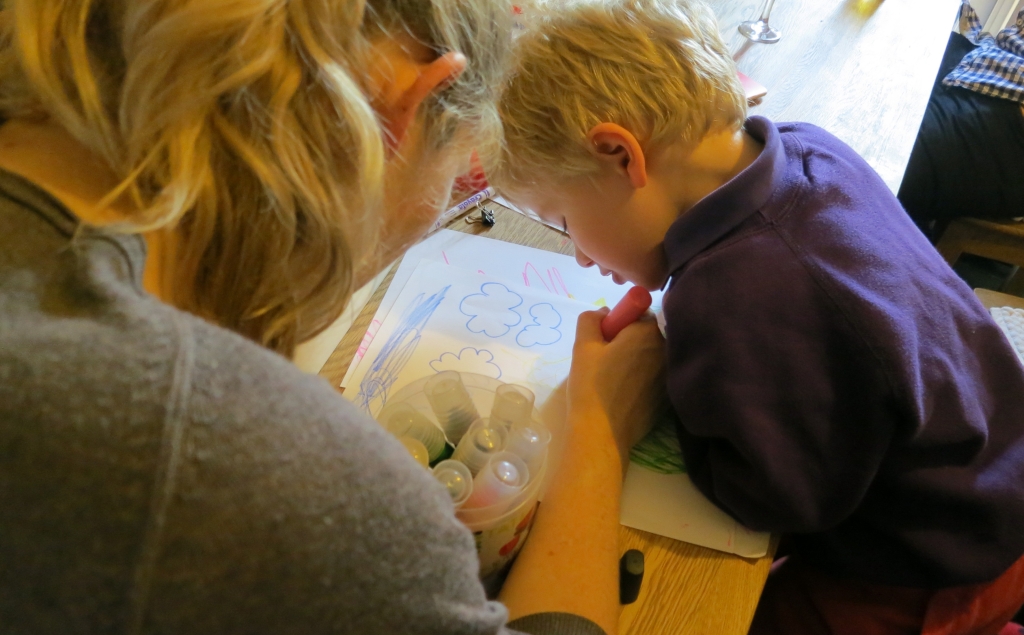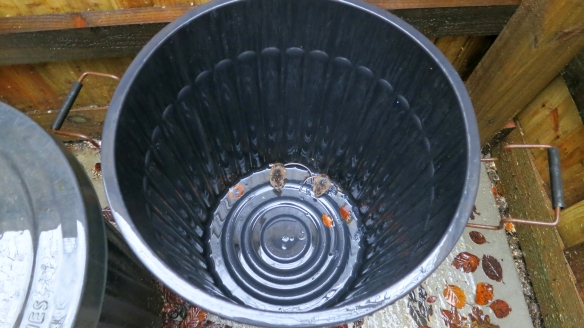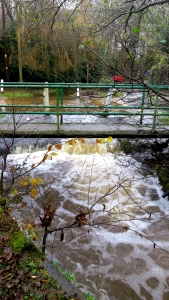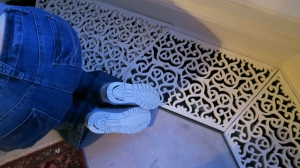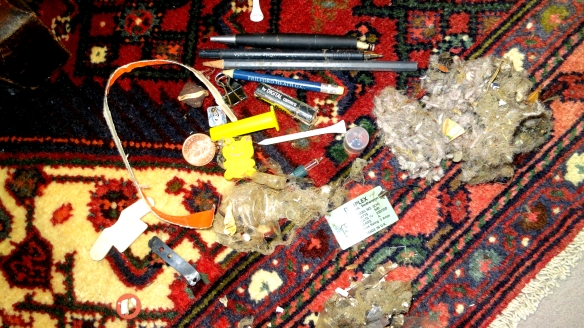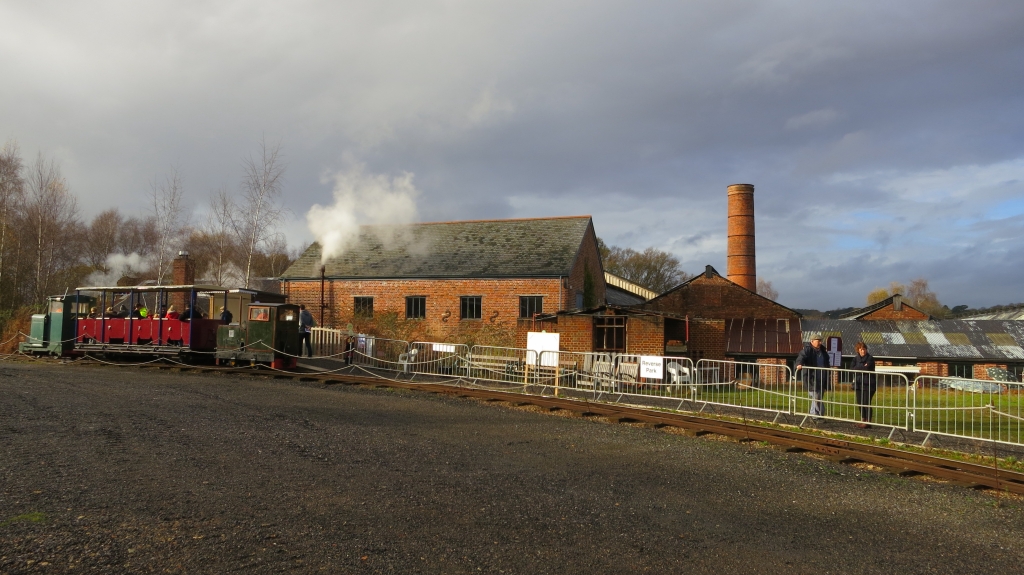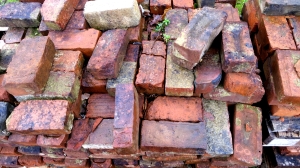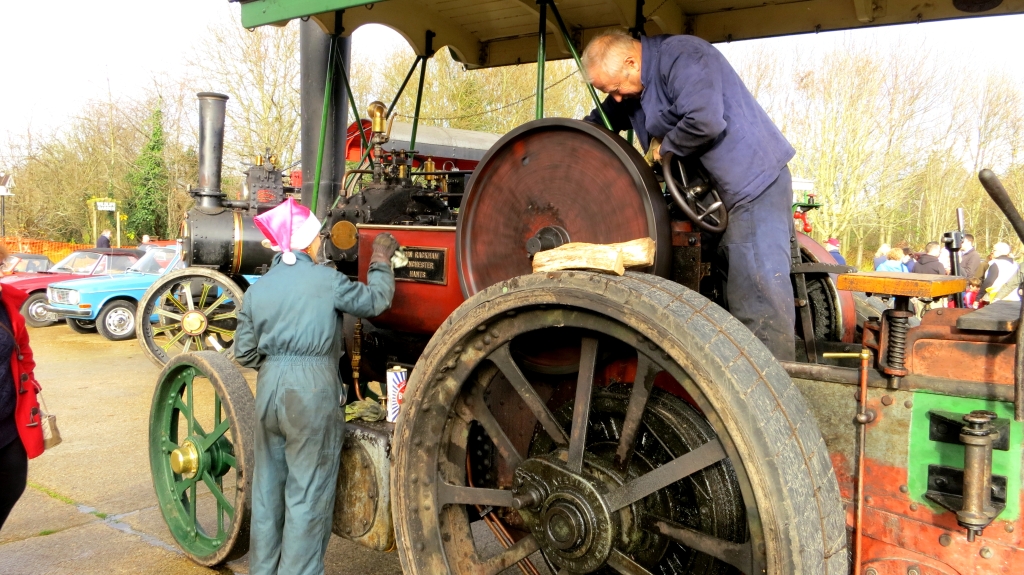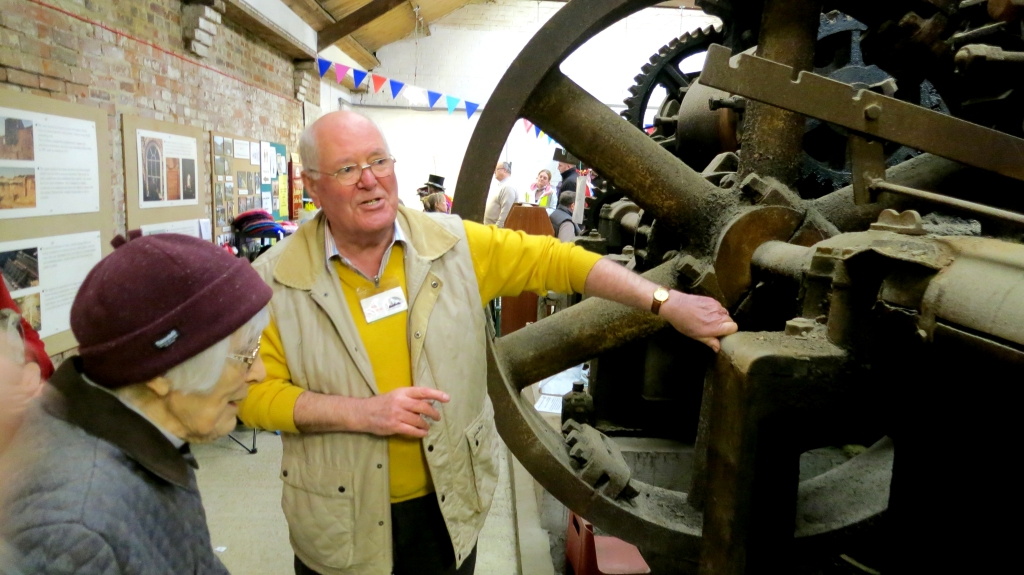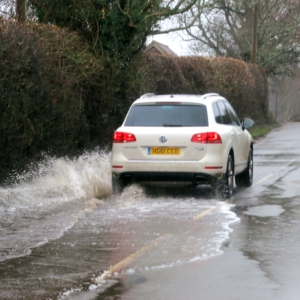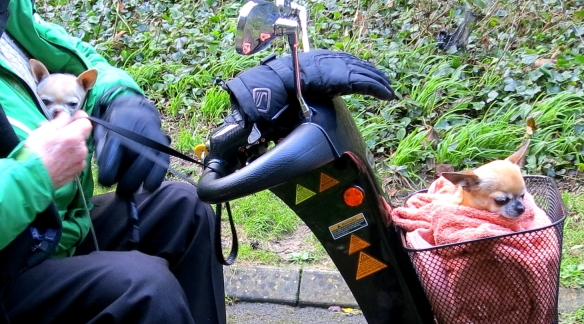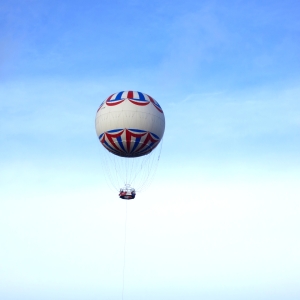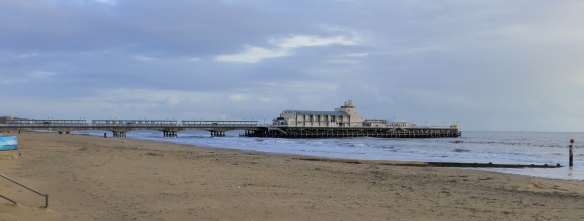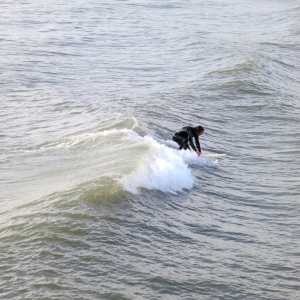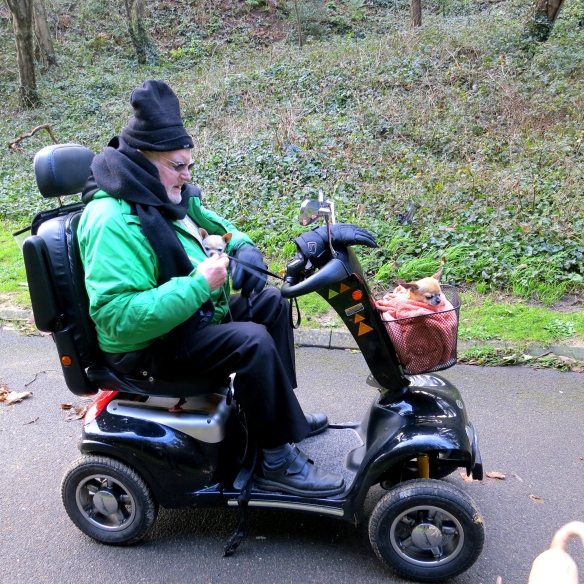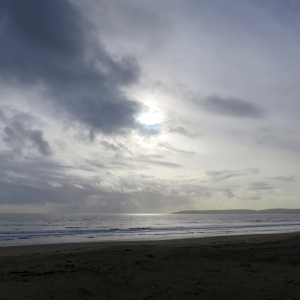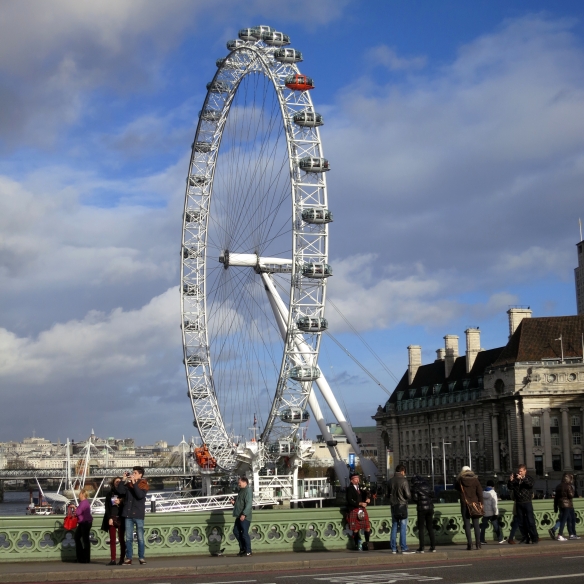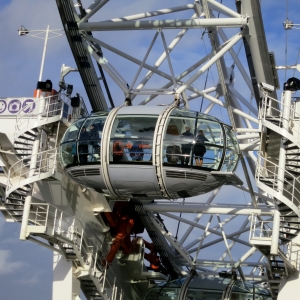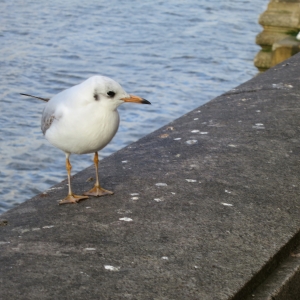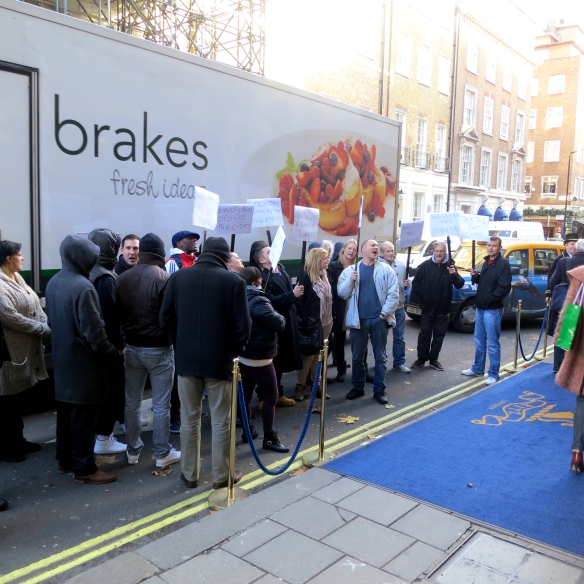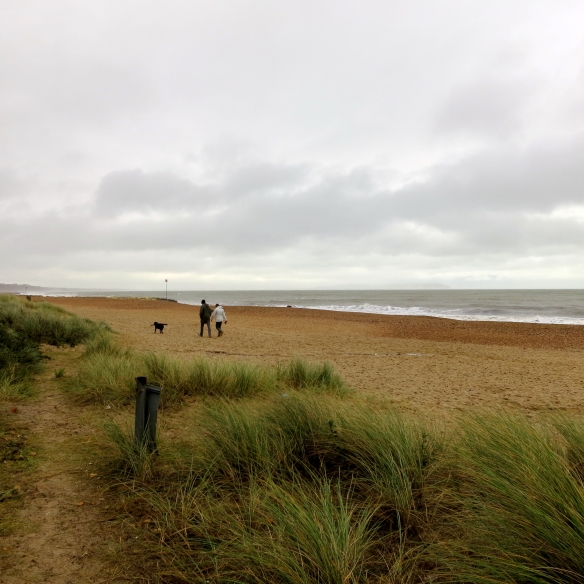There are nine very tall panels to our bay window where the dining table is situated. This gives us a kind of treble tryptich view of the beautiful lawns and trees beyond. Over lunch we watched a pied wagtail running around, it’s bobbing appendage providing evidence of the aptness of its name. A robin was hopping in the background.
Having to wait in for TV technicians, we did not go out until mid-afternoon. Jackie drove us to Ringwood where she went shopping and I went walking. From the main car park I walked through Meeting House Shopping Centre, across the High Street, and down Kings Arms Lane to Riverside Walk, along the bank of the river Avon and back to the car park to meet Jackie for our return home. Still standing in the shopping centre is John Conway’s tomb. It looks to be about eighteenth century, but is now worn illegible. Instead of grass and daisies it is adorned by bricks, chewing gum spots, and dog-ends. The other night it bore an empty drinks can.
Still standing in the shopping centre is John Conway’s tomb. It looks to be about eighteenth century, but is now worn illegible. Instead of grass and daisies it is adorned by bricks, chewing gum spots, and dog-ends. The other night it bore an empty drinks can.
 At the end of Kings Arms Lane a village green now has a pond which surely wasn’t planned. A bare tree does a dance on its surface.
At the end of Kings Arms Lane a village green now has a pond which surely wasn’t planned. A bare tree does a dance on its surface.
As I approached the actual riverside I was amazed to see the path I would have expected to walk along completely submerged and the gate to it padlocked.  Trees sprung out of fast-flowing water and, as Jackie put it when seeing other such waterlogged fields, tufts of greenery stood up like the marsh symbols on Ordnance Survey maps. I walked around some houses and crossed a bridge which had a torrent running only just beneath it. The Walk itself was on a high enough level to be traversible, but either side of it the terrain was covered with water, with streams pouring into fields. This was a combination of the Millstream and the River Avon. It was hard to tell which was which.
Trees sprung out of fast-flowing water and, as Jackie put it when seeing other such waterlogged fields, tufts of greenery stood up like the marsh symbols on Ordnance Survey maps. I walked around some houses and crossed a bridge which had a torrent running only just beneath it. The Walk itself was on a high enough level to be traversible, but either side of it the terrain was covered with water, with streams pouring into fields. This was a combination of the Millstream and the River Avon. It was hard to tell which was which.
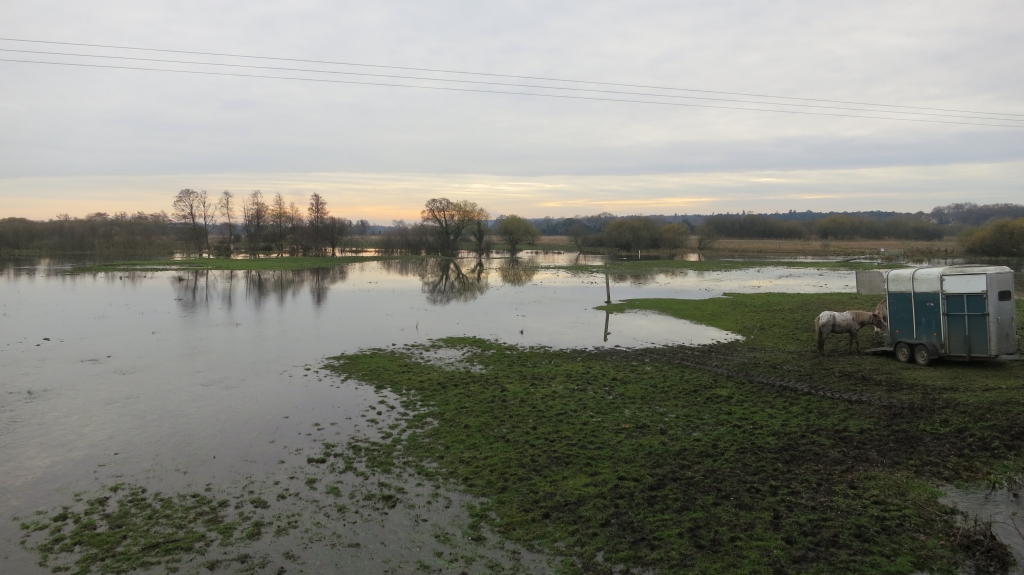 As I gazed across a field that was now a lake, I saw two ponies apparently tethered to a horse box on one of the few areas of solid ground. I wondered if they were about to be rescued from a watery grave.
As I gazed across a field that was now a lake, I saw two ponies apparently tethered to a horse box on one of the few areas of solid ground. I wondered if they were about to be rescued from a watery grave.
Walking left along the riverside I came to a road and turned back to follow the other direction, meeting a friendly man who told me some of the local history. It was he who confirmed I had been watching the Millstream and the River Avon. He was walking his two small terriers. This was Mike Hooper, who turned out to have been working at Paddington Station in the 1970s when I had been working in the area. He had lived in Ringwood for the last twelve years and had never seen the area so flooded. He said the water level was usually three feet below the bridge I had crossed. He pointed out new houses at risk of flooding, and a caravan site where the residents needed to wear Wellington boots to cross to their field. Another man’s huge garden had become a lake. He told me there had been twenty ponies in the now waterlogged field not long ago, and that they were being moved out. They had been standing in water. He thought the two I had seen were probably the last of the group which had been being kept in a field rented from the farmer who owned the land.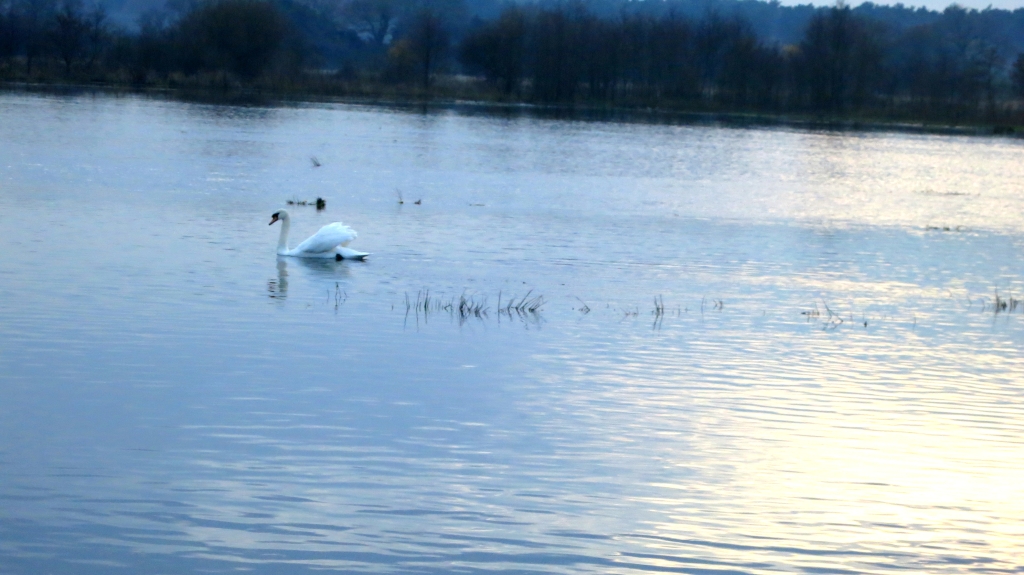 Swans, egrets, and other water birds now claimed residence.
Swans, egrets, and other water birds now claimed residence.
After I parted from Mike I saw some activity at the horsebox. The ponies were being coaxed into it. I spoke to the woman doing this. She was a very pleasant person who was the owner of all the ponies who had been in the field. These were the last two being removed. There had been twenty one in all, and I was watching ‘the awkward ones’. One had developed a certain lameness since yesterday. Whilst the woman, Jeanie, was talking to me, one of her horses emerged from the box. We were leaning on a stile some yards away. ‘Get back in that box’, said Jeanie, kindly but firmly. Like a reluctant dog being told to sit, the animal lifted a tentative hoof, and reluctantly, stutteringly, began to comply. I learned from Jeanie that the forest ponies, although roaming free, are actually owned by people who have ‘forest rights’. There are sales of them just as there are of other livestock. She has some in the forest and some in fields. On a couple of occasions she has recognised her own ponies in photographs in the media. A local newspaper has put some on disc for her.
I spoke to the woman doing this. She was a very pleasant person who was the owner of all the ponies who had been in the field. These were the last two being removed. There had been twenty one in all, and I was watching ‘the awkward ones’. One had developed a certain lameness since yesterday. Whilst the woman, Jeanie, was talking to me, one of her horses emerged from the box. We were leaning on a stile some yards away. ‘Get back in that box’, said Jeanie, kindly but firmly. Like a reluctant dog being told to sit, the animal lifted a tentative hoof, and reluctantly, stutteringly, began to comply. I learned from Jeanie that the forest ponies, although roaming free, are actually owned by people who have ‘forest rights’. There are sales of them just as there are of other livestock. She has some in the forest and some in fields. On a couple of occasions she has recognised her own ponies in photographs in the media. A local newspaper has put some on disc for her.
This evening we dined on Jackie’s superb roast pork with crunchy crackling. I drank more of the McGuigan Bin 736 whilst Jackie preferred the English Three Choirs Annum 2011.


